Welcome to MBL’s Newest Course Directors
Every summer, researchers and students from all over the world come to the MBL to learn from each other and from the dynamic Woods Hole environment. This year, MBL is welcoming 11 new course directors to the Advanced Research Training Courses. They are joining us for a summer packed with community building and scientific discovery.

Richard Kramer, University of California, Berkeley
Co-director, Visual Neuroscience with Greg Schwartz, Northwestern University
Richard Kramer is the Li Professor of Molecular Mechanism of Disease in the Molecular and Cell Biology Department at University of California, Berkeley. He maintains a wide variety of research interests, ranging from fundamental mechanisms of ion channel and synaptic function, understanding synaptic information processing in the visual system, and developing light-sensitive compounds for restoring visual function in degenerative blinding disease such as retinitis pigmentosa (RP) and age-related macular degeneration (AMD). Kramer received his Ph.D. in Neurobiology at UC Berkeley and conducted postdoctoral work with Irwin Levitan at Brandeis University.
What are you looking forward to at the MBL?
“I have spent many wonderful summers at the MBL, teaching in the Neurobiology course from 1994-1999, and doing research as a Grass Faculty Fellow from 2002-2005 and as a Whitman Fellow from 2010 to 2018. For at least the past 10 years, I have been obsessed with the idea of starting a hands-on summer Advanced Research Training Course on Visual Neuroscience. I applied to the National Institutes of Health for funding to support such a course. Rather miraculously, given current uncertainties at the NIH, just within the past few months, the National Eye Institute agreed to fund the course. Dream fulfilled!”
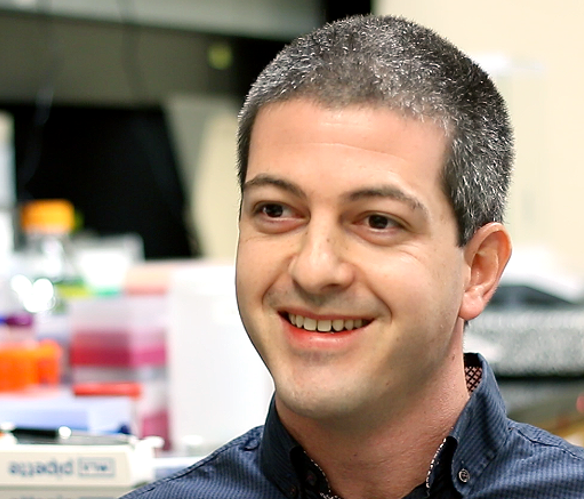
Greg Schwartz, Northwestern University
Co-director, Visual Neuroscience with Richard Kramer, UC Berkeley
Greg Schwartz is the Derrick T. Vail Associate Professor in the Departments of Ophthalmology and Neuroscience at Northwestern University’s Feinberg School of Medicine. He fell in love with vision science as a graduate student and has been working on the retina ever since. His lab works on the mouse visual system at levels spanning cellular biophysics to circuits—both within and beyond the retina—to behavior. Methods in the lab include electrophysiology, imaging, computational modeling, machine learning, and behavior. Schwartz also collaborates on disease-focused research in diabetic retinopathy, myopia, and retinal ganglion cell metabolism and he collaborates with engineers on the design of retina-inspired neuromorphic camera systems. Beyond his own lab, Schwartz serves as the director of the Northwestern University Interdepartmental Neuroscience Graduate Program (NUIN) and has a passion for improving academic culture and teaching science communication.
What are you looking forward to at the MBL?
“I am honored and excited to be co-directing the new Visual Neuroscience course at MBL. This place has a central role in the history of neuroscience and vision science specifically. I am thrilled to have the opportunity to interact with our fabulous faculty, students, and the whole MBL community this summer. It’s going to be an amazing adventure!”

Shalin Mehta, Chan Zuckerberg Biohub, San Francisco
Co-director, AI@MBL: Machine Learning for Microscopy Image Analysis with Jan Funke, HHMI Janelia Research Campus
Shalin Mehta leads the Computational Microscopy Platform at Chan Zuckerberg Biohub San Francisco, where his team integrates optical design, physics-based algorithms, and AI models to analyze dynamic cell systems across the scales of organelles to living tissues. Before Biohub, Mehta developed computational imaging methods to analyze molecular order as a Human Frontier Science Program postdoctoral fellow at the Marine Biological Laboratory. He earned a Ph.D. in Optics from the National University of Singapore.
What are you looking forward to at the MBL?
"The MBL courses foster curiosity, collaboration, and high-risk experimentation. I get a value equivalent to attending five conferences from a single advanced research topics course, in terms of disseminating foundational knowledge about our fields, recruiting interdisciplinary researchers and engineers to work in our fields, connecting with leaders in our fields, and catching up with the state of the art."

Dan Bernard, McGill University
Director, Frontiers in Reproduction (FIR) course
Dan Bernard is a professor in the Department of Pharmacology and Therapeutics at McGill University. He first taught in the FIR course in 2014 and is returning as sole course director this year. Bernard earned his Ph.D. at Johns Hopkins University, where he studied the hormonal regulation of neural plasticity in songbirds. As a postdoctoral scientist at Northwestern University, he investigated seasonal reproduction in Siberian hamsters. Prior to joining McGill University, he was based at the Population Council and Rockefeller University.
What are you looking forward to at the MBL?
“Coming to the MBL for the FIR course is the absolute teaching highlight of my year, every year. I get to meet, teach, and learn from the future leaders of my field.”
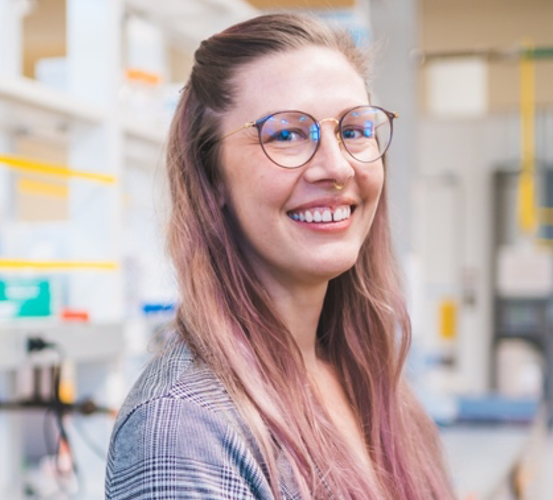
Amelia Lindsey, University of Minnesota
Co-director, Molecular and Cell Biology of Symbiosis course with Phillip Cleves, Carnegie Science
Amelia Lindsey is an assistant professor in the Department of Entomology at the University of Minnesota. She received her Ph.D. from the University of California Riverside in 2017 and completed postdoctoral studies at Indiana University. Her lab uses functional genomics to understand reproductive parasitism in arthropods, with a major focus on the symbiont Wolbachia and parasitoid wasps.
What are you looking forward to at the MBL?
“I am looking forward to a deep dive into symbiosis this summer in our Molecular and Cell Biology of Symbiosis course. Students, instructors, and visiting speakers cover a huge range of model systems: many of them are tricky to work with and I love learning about everyone’s creative approaches that enable cutting-edge science to understand these [symbiotic] associations. MBL’s community and facilities are a perfect home for this focus, and I always come back to my lab with fresh ideas and new perspectives.”

Lauren O’Connell, Stanford University
Co-director, Neural Systems & Behavior course with Alberto Pereda, Albert Einstein College of Medicine
Lauren O’Connell is an associate professor of biology at Stanford and studies the neural basis of social relationships, mostly in amphibians, but she says “any non-mammal will do!” She grew up on a farm and thinks hands-on experiences are the best way to learn.
What are you looking forward to at the MBL?
“I am looking forward to working with and supporting student growth as well as meeting all the amazing people that come through the MBL in the summertime.”
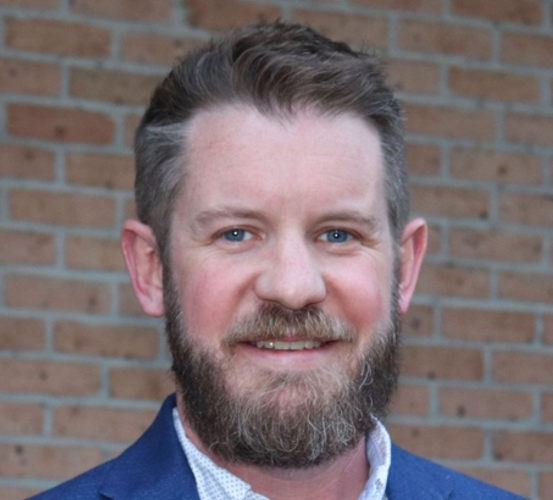
Jeremy Brown, Louisiana State University
Co-director, Workshop on Molecular Evolution with Tracy Heath, Iowa State University
Jeremy M. Brown is a professor in the Department of Biological Sciences and the Museum of Natural Science at Louisiana State University. His research lies at the intersection of phylogenetics and molecular evolution. Along with his students and collaborators, he has studied a broad array of taxa—from HIV to turtles to red pandas—reflecting the wide-ranging questions that drive their work. His lab uses genomic data from living species to reconstruct evolutionary history and applies these historical frameworks to understand how genes, genomes, and phenotypes evolve. Brown completed his PhD in ecology, evolution, and behavior at the University of Texas at Austin. Following his doctoral work, he conducted research as an NSF Postdoctoral Fellow in Biological Informatics at the University of California, Berkeley.
What are you looking forward to at the MBL?
"I'm thrilled to be back at MBL for the Workshop on Molecular Evolution and honored to serve as co-director this year. For me, this course is the perfect way to start the summer—set in a beautiful location, it’s a great opportunity to reconnect with colleagues, stay current with exciting developments in the field, and, most of all, to meet and be inspired by a new cohort of outstanding students."
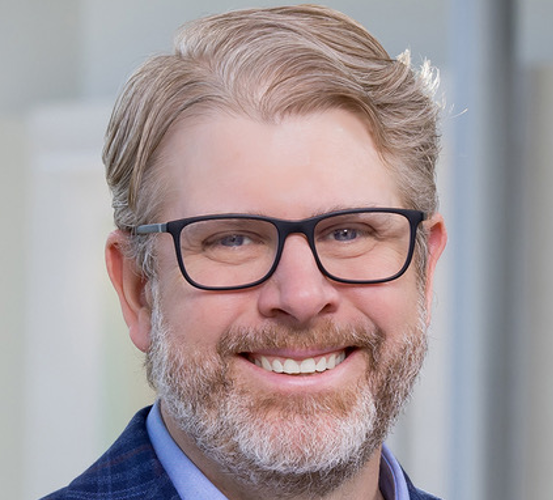
James Collins, University of Texas Southwestern Medical Center
Co-director, Biology of Parasitism with Vernon Carruthers, University of Michigan Medical School; and Melissa Lodoen, University of California, Irvine
James (Jim) Collins is the Jane and Bud Smith Distinguished Chair in Medicine and a Professor in Pharmacology at UT Southwestern Medical Center. He is also a Howard Hughes Medical Institute Investigator. His work focuses on the basic biology of schistosomes, a group of parasitic flatworms that infect hundreds of millions of people in the developing world. By developing and refining molecular tools to study these pathogens, his work has led to the discovery of somatic stem cells in the parasite, the first compressive single cell RNAseq atlas of the adult worm, and the first large-scale RNAi screen uncovering hundreds of potential therapeutic targets. More recently, his group discovered a novel peptide-based pheromone released by male schistosomes that controls the sexual development of the female worm.
What are you looking forward to at the MBL?
“I have participated in the Biology of Parasitism course at the MBL for the past four years, first as a module head and now as the course director. My summers at MBL always remind me why I love science and being a scientist—early morning lectures from leaders in the field, late nights in the lab poring over data, and the unbridled enthusiasm of students and postdocs. The summer courses at the MBL truly embody everything that makes science great. At a time when much of what we do as scientists is under threat, these courses are more crucial than ever for inspiring the next generation to pursue careers in science and for fueling the innovation that drives our labs and respective fields forward.”
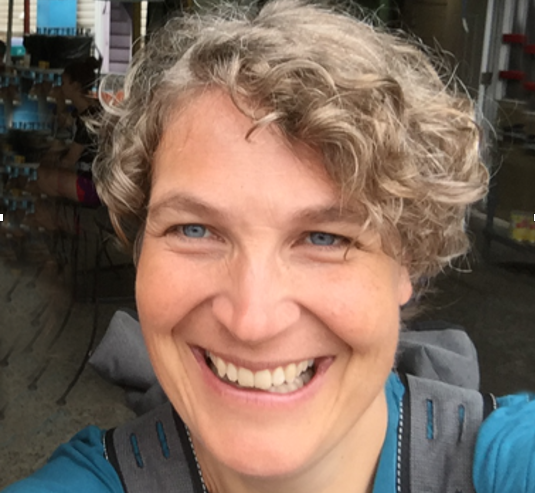
Andrea Pauli, Institute of Molecular Pathology, Vienna Biocenter, Austria
Co-director, Zebrafish Development and Genetics with Tom Schilling, University of California, Irvine
Andrea (Andi) Pauli is a researcher at the Research Institute of Molecular Pathology (IMP) in Vienna, Austria. Her lab, which she established in 2015, aims to gain insight into molecular mechanisms during the egg-to-embryo transition, with a particular emphasis on the process of fertilization and developmentally controlled dormancy. The long-term vision of the Pauli lab is to unravel new concepts and molecular mechanisms governing the fundamental yet still poorly understood process of fertilization in vertebrates and translational and proteome-wide rewiring during the egg-to-embryo transition and, more generally, during cellular and organismal dormancy.
Pauli earned her master’s in molecular and cellular biology from Heidelberg University in Germany. In 2004, she started her Ph.D. at the IMP, investigating non-mitotic functions of cohesin using Drosophila as a model organism. In 2006, she moved to Oxford University, UK, where she obtained her Ph.D. in 2009, providing the first direct evidence that cohesin has essential functions in post-mitotic cells. As a postdoc in Alex Schier’s lab at Harvard University, Dr. Pauli made two key findings that have shaped her research since: first, translation is widespread outside of protein-coding regions in vertebrates; and second, some of the newly discovered translated regions encode functionally important short proteins, one of which is Toddler, an essential signal for mesodermal cell migration during gastrulation.
What are you looking forward to at the MBL?
“My journey as a scientist and mentor has been driven by my commitment to empowering the next generation of scientists to grow and to achieve their scientific and personal dreams. As an alumnus of MBL’s Zebrafish Course, this course has been instrumental in launching my own career with zebrafish at the beginning of my postdoctoral journey in 2009. I have therefore seen firsthand the impact this course has on budding researchers who are new to zebrafish. The rigorous training and collaborative environment have been instrumental in shaping my own scientific career. Furthermore, since 2019, I have had the privilege of returning to the course as a faculty member, which has allowed me to give back to this amazing community and contribute to the mentoring of new generations of zebrafish researchers.”
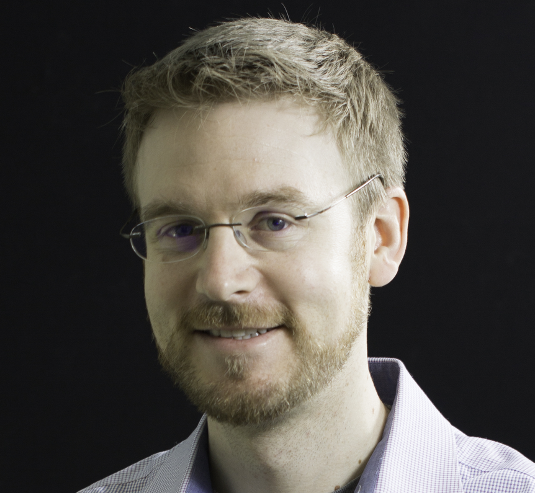
Wesley Legant, University of North Carolina at Chapel Hill
Co-director, Optical Microscopy & Imaging in the Biomedical Sciences with Michelle Itano, University of North Carolina at Chapel Hill
Wesley Legant is a joint assistant professor in the departments of Biomedical Engineering and Pharmacology at the University of North Carolina at Chapel Hill. His lab develops new optical imaging techniques and image analysis tools. The lab is currently applying these new tools to understand diverse biological processes ranging from cell migration to gene transcription. Prior to joining UNC, Dr. Legant was a research scientist at HHMI Janelia Research Campus, where he worked together with Eric Betzig to develop and apply novel light microscopy technologies including lattice light sheet, super resolution structured illumination, single molecule localization microscopy, and adaptive optics for fundamental applications in cell biology. Legant received his Ph.D. in bioengineering from the University of Pennsylvania and a B.S. in biomedical engineering from Washington University in St. Louis.
What are you looking forward to at the MBL?
"I'm honored to lead the Optical Microscopy and Imaging in the Biomedical Sciences course this year together with Michelle Itano. I've been coming to MBL for over 10 years now, first as a student and teaching assistant and later as a lecturer. These courses offer a one-of-a-kind place where we can focus exclusively on science and the excitement of learning and I'm excited to continue this tradition"
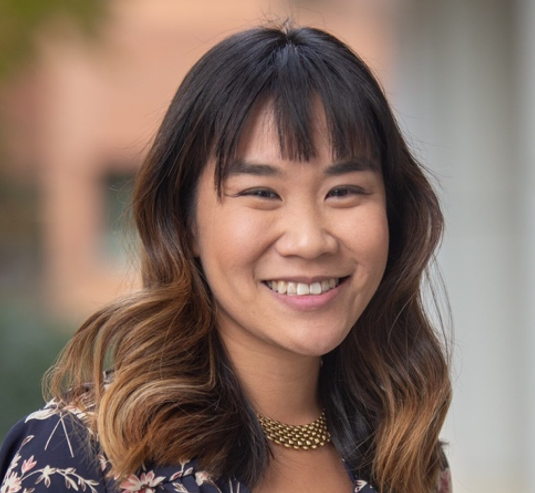
Michelle Itano, University of North Carolina at Chapel Hill
Co-director, Optical Microscopy & Imaging in the Biomedical Sciences with Wesley Legant, University of North Carolina at Chapel Hill
Michelle Itano is a cellular biophysicist who received her doctorate degree from the UNC School of Medicine, completed her postdoctoral work at The Rockefeller University, and is now an associate professor in the Department of Cell Biology and Physiology at UNC-Chapel Hill. As director of the Neuroscience Microscopy Core at the UNC Neuroscience Center, she trains and consults with investigators to fully address their imaging needs and make crucial discoveries about human health and disease. In 2019, she was selected to be a Chan Zuckerberg Initiative Imaging Scientist in recognition of her investment in facilitating collaborations between researchers, software and infrastructure engineers, and computing specialists to design and disseminate efficient bioimaging pipelines. She has served as the Editor-in-Chief for BioTechniques since 2021 and participates as an instructor in many microscopy courses at UNC-Chapel Hill and beyond, including Advanced Courses at the MBL, Imaging Africa, Okinawa Microscopy Workshop, and the PAIR-UP Live Cell Imaging Workshop.
What are you looking forward to at the MBL?
“My previous experiences at the MBL have allowed me to witness the incredible community that is formed by each of the advanced course and workshop lecturers, participants, course staff, vendor application support scientists, and the on-site MBL resources and expertise. I have experienced the transformative interactions that allow participants to stretch their capacity for creativity and technological skill that they use to drive their scientific research to new heights for the rest of their careers. I am excited for the opportunity to further the incredible legacy of impact OMIBS has had on the scientific community.”